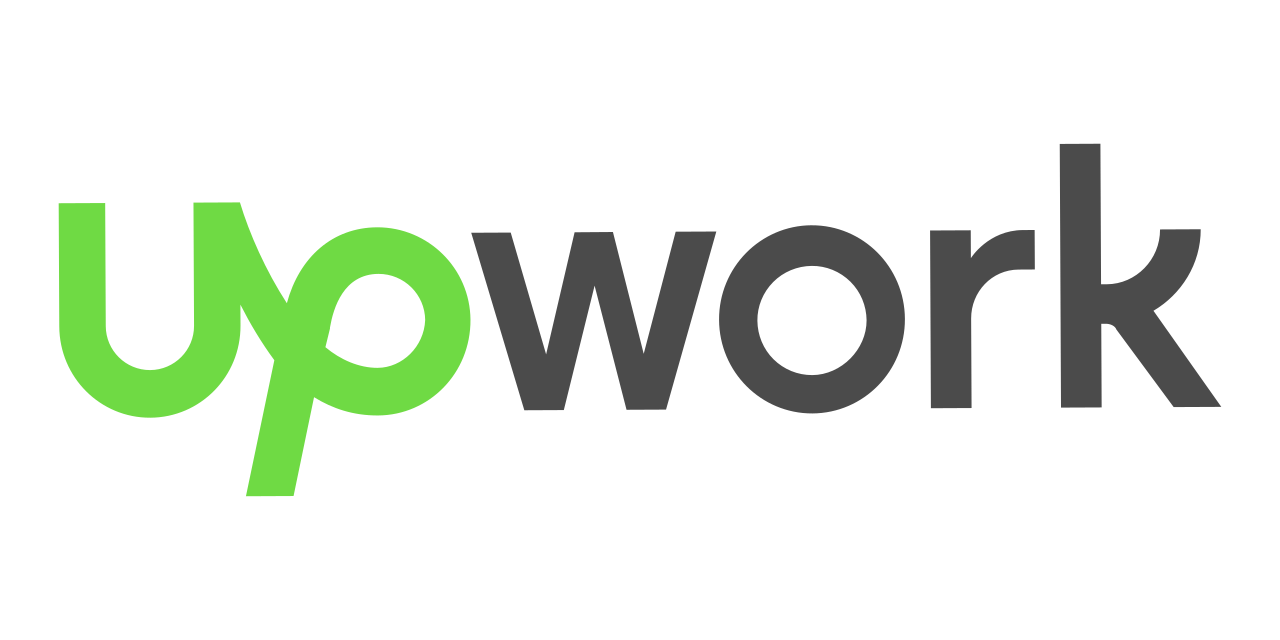Introduction
In today’s digital landscape, consumers are bombarded with ads. Pay-per-click (PPC) campaigns are more competitive — and costly — than ever. That’s where artificial intelligence (AI) steps in. With AI-powered tools, marketers can streamline workflows, target smarter, and drive better results. Here’s a deep dive into how to embed AI into your PPC strategy.

1. Why AI Matters in PPC
- .Efficiency at Scale :AI algorithms can analyze thousands of data points in real-time – think keywords, demographics, device types – and adjust bids instantly to maximize ROI. Manual bid management just can’t keep up.
- Elevate Your Targeting : AI taps into behavioral patterns and historical performance to predict which audiences will likely convert. Rather than casting a wide net, you get hyper-relevant reach.
- . Smarter Ad Creative & Messaging: From automated responsive ads to AI-generated headlines and descriptions, AI tools can test variations at scale, learning which version resonates most and then scaling them.
- Real-Time Insights: AI continuously monitors campaign health — detecting spend anomalies, identifying top-performing segments, and alerting to dips in cost-per-acquisition (CPA).
2. Core AI Technologies in PPC
- Predictive Analytics & Bid Management
Machine learning models analyze past campaign data to forecast future behavior. They can identify the likelihood of a click or conversion and adjust bids accordingly. - Audience Segmentation & Propensity Scoring
Google Ads and platforms like Meta use AI to segment users by likelihood to convert. These propensity scores help you allocate budget where it matters most. - **Creative Optimization**
AI analyzes performance trends to suggest ad copy, image, and format combinations with the highest impact. Some tools can automatically generate assets for A/B testing. - Automation via Scripts & Smart Strategies**
PPC platforms offer smart bidding — like Target CPA or ROAS — which use AI to optimize toward campaign objectives. You can also deploy custom scripts to pause underperforming ads or adjust bids in response to real-world events.
3. Step-by-Step: Incorporate AI Into Your PPC Workflow
- Step 1 – Define Clear Goals**
Start with firm objectives: Is your priority maximizing conversions, reducing CPA, driving clicks, or boosting brand visibility? Your goal informs which AI tools and bidding strategies you deploy. - Step 2 – Audit Your Existing Data**
Evaluate the quality and depth of your historical data. Consistent tracking of conversions, micro‑conversions, and audience segments is critical — garbage in, garbage out. - Step 3 – Choose Smart Bidding Strategies**
Most ad platforms offer AI-powered bidding modes:
- Target CPA: drive conversions at a defined cost per acquisition.
- Target ROAS: optimize bids to hit a target return on ad spend.
- Maximize Conversions/Clicks: boost volume while letting AI manage cost control.
4.Step 4 – Integrate Responsive Ads**
Use responsive search and display ads. Provide a variety of headlines, descriptions, images, and let AI serve the most effective combinations.
5.Step 5 – Layer in Audience Signals**
Combine first‑party data (site visitors, CRM lists) with platform-suggested audiences. Let AI learn from behavior patterns for smarter retargeting and prospecting
6.Step 6 – Activate Automation & Scripts**
Automate routine tasks like pausing ads when quality score dips or adjusting bids before and after sales events. Focus on strategy — let AI handle the grunt work.
7.Step 7 – Monitor & Refine Regularly**
AI isn’t “set it and forget it.” Schedule weekly check‑ins to review performance, refine target CPA/ROAS thresholds, swap out underperforming assets, and update feeds or seasonality settings.
4. Real-Life Use Cases
- E‑commerce Brand: Leveraging smart shopping campaigns powered by AI saw a 35% reduction in CPA and a 20% boost in conversions within two months.
- Lead-Gen Company: By deploying target CPA bidding and dynamic search ads, they increased inquiry volume by 50% while cutting cost per lead by 15%.
- Local Services: Using geo-targeted AI bid adjustments and responsive ads, a plumbing business saw a 25% lift in calls and bookings during seasonal peaks.
5. Tips & Best Practices
- Test vs. Learn: Use experiments and drafts rather than full-scale rollouts. Controlled testing of AI bidding and messaging helps identify what’s effective without risking budget.
- Beware of Data Qualifications: AI needs enough data to optimize. Low-volume campaigns might benefit from Manual CPC or Maximize Clicks until thresholds are met.
- Keep a Human in the Loop: AI handles tactics; you handle strategy. Look out for strange bid anomalies, off‑brand creative, or seasonal shifts that need manual intervention.
- Think Privacy-First: With evolving data privacy norms, rely more on contextual signals and first-party data. AI will help fill gaps left by cookie restrictions.
- Blend AI with Manual Controls: Structure campaigns into clear funnels (branding, consideration, bottom-funnel) and layer smart bidding on top — not within a messy, fragmented campaign.
6. The Road Ahead
Looking forward, PPC is moving toward even more automation and AI-driven decision-making:
- Conversational AI in Ads: Expect interactive chat-like ad formats where users can ask questions and get replies within the ad unit.
- Predictive Budgeting: AI tools will anticipate seasonal fluctuations or market trends and automatically shift budgets ahead of demand.
- Cross-Channel Harmonization: AI will dynamically sync budgets and messaging across search, display, social, and video for comprehensive campaign orchestration.
- Advanced Image & Video Generation: AI will start producing custom visual assets on the fly, tuned to each audience segment.

Conclusion
Incorporating AI into your PPC game transforms it from a manual, reactive process into something predictive, scalable, and results-focused. By combining smart bidding, AI-driven audiences, responsive creative, and automation — all guided by strategic oversight — your PPC campaigns will not only scale — they’ll perform smarter.
Take it step-by-step:
1. Set clear goals
2. Audit your data
3. Activate smart bidding
4. Employ responsive ads
5. Automate wisely
6. Monitor closely




